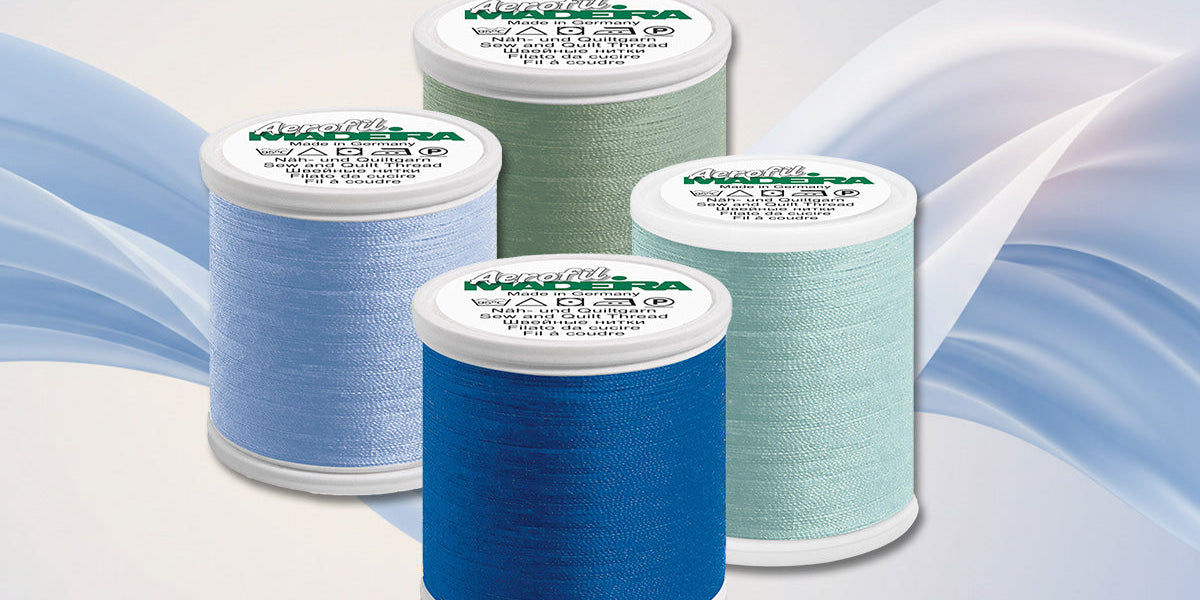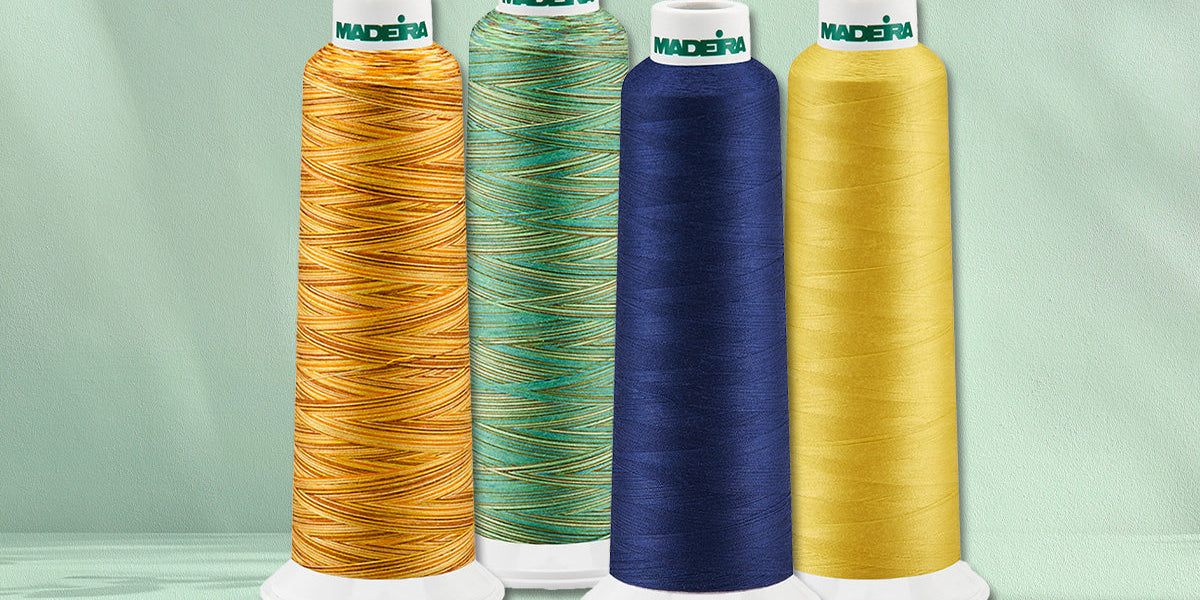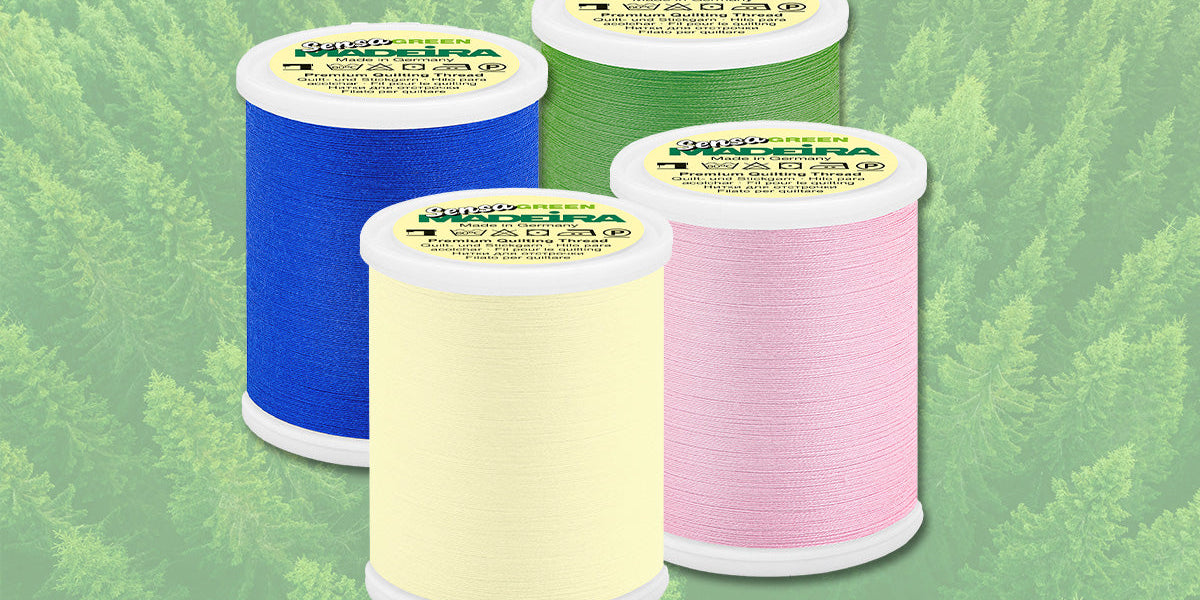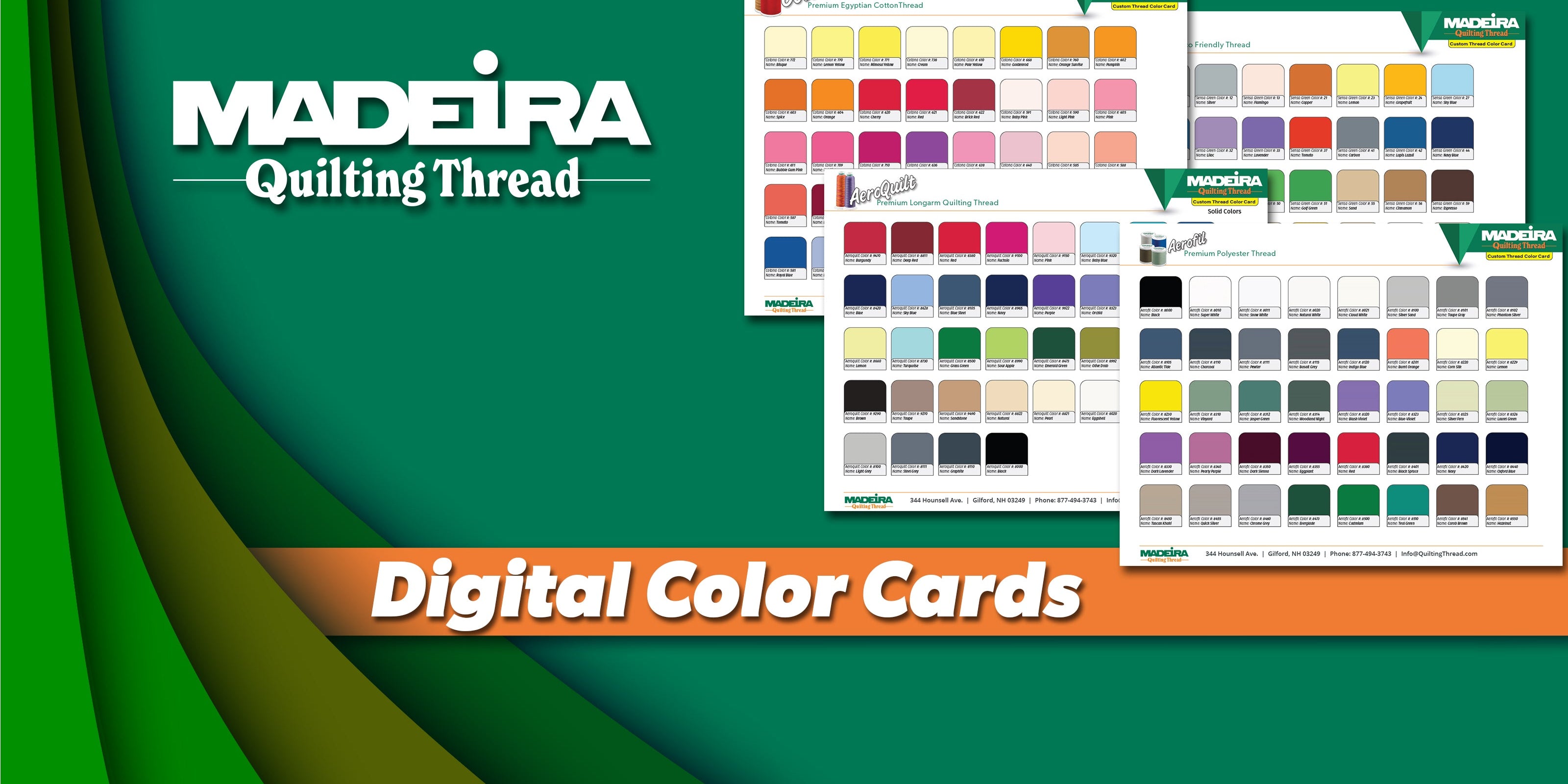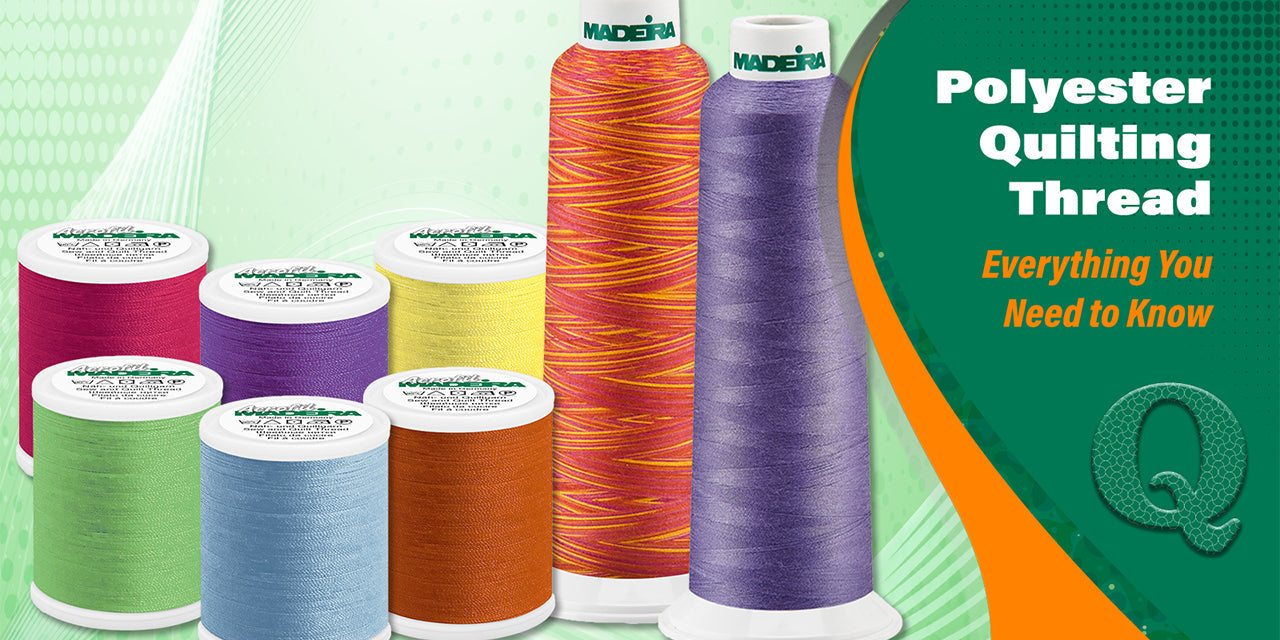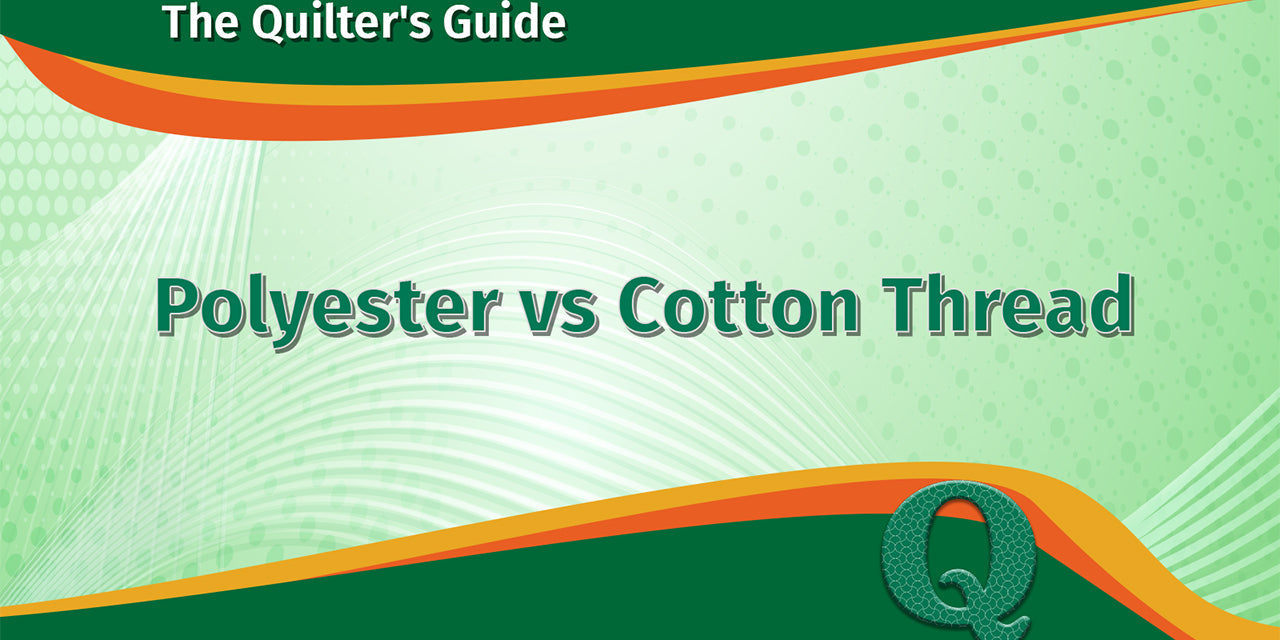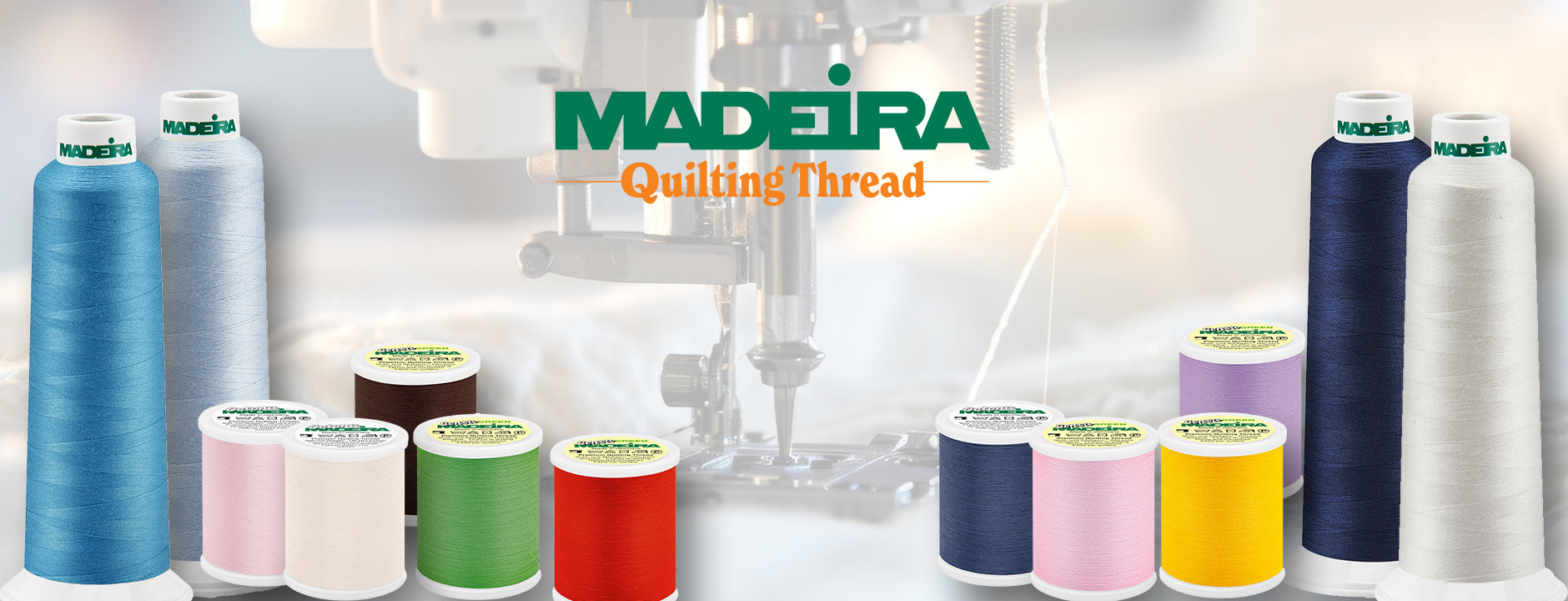Welcome to the Thread Guide Resource Center: Your Essential Thread Knowledge Base
The right thread makes all the difference in quilting. The Thread Guide Resource Center is your go-to resource for understanding thread types, weights, and best practices.
Learn how to choose the perfect thread for any quilting project, keep your threads in top condition, and troubleshoot common issues like tension and breakage. Whether you're a beginner or a seasoned pro, you'll find expert insights to help you stitch with confidence.
Want to make the most of your quilting thread? Start exploring today!








